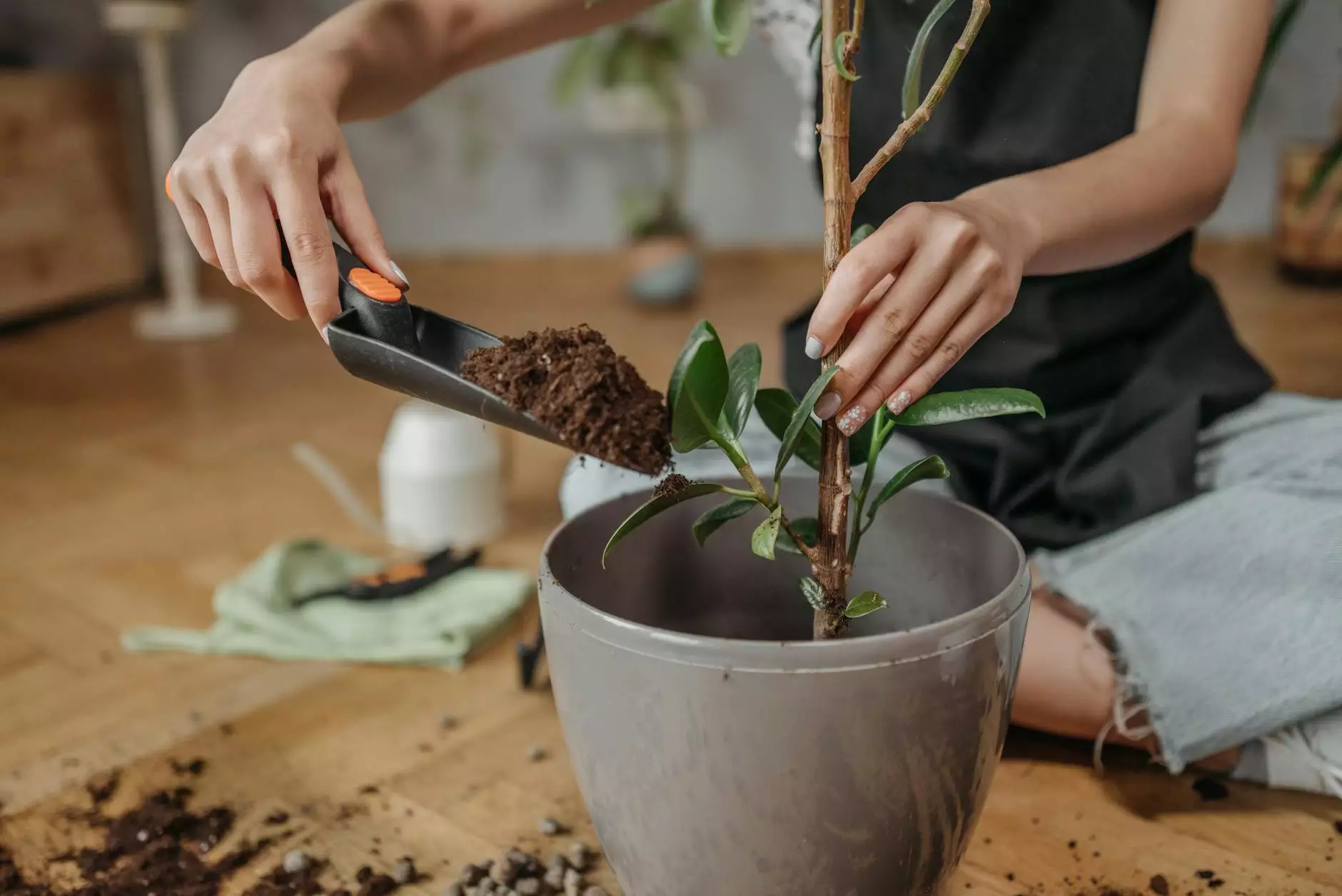Understanding Swelling in Lower Legs: Causes and Treatments

Swelling, or edema, in the lower legs can be a distressing condition for many individuals and may be a sign of various underlying health issues. If you've ever wondered “why are my lower legs swelling?”, you're not alone. In this comprehensive article, we will delve into the potential causes, associated symptoms, diagnosis, and treatment options for swollen lower legs to empower your knowledge and promote better health.
What is Edema?
Edema is a medical term that describes an excess accumulation of fluid in the tissues of the body. While swelling can occur in various parts of the body, lower leg swelling is particularly common and can be caused by several factors ranging from lifestyle habits to serious medical conditions.
Common Causes of Lower Leg Swelling
Understanding the underlying reasons for your swollen lower legs is crucial for proper treatment. Here are some common causes:
- Fluid Retention: This is often related to dietary factors, such as high sodium intake, and can lead to transient swelling.
- Inactivity: Prolonged sitting or standing can lead to pooling of blood in the veins, causing swelling.
- Injury: Trauma to the legs, such as fractures or sprains, can cause localized swelling.
- Venous Insufficiency: A condition where veins are unable to pump blood back to the heart efficiently, leading to pooling of blood in the legs.
- Heart Conditions: Abnormal heart function can affect blood circulation, resulting in swelling in the legs.
- Kidney Issues: Reduced kidney function may lead to fluid retention, causing swollen ankles and feet.
- Liver Problems: Conditions affecting liver function can lead to changes in blood flow and fluid regulation, contributing to edema.
- Medications: Some medications, such as those for high blood pressure or anti-inflammatory drugs, can cause swelling as a side effect.
- Infections or Inflammation: Conditions such as cellulitis or allergic reactions can cause swelling as part of the body's inflammatory response.
- Pregnancy: Hormonal changes and increased fluid retention can lead to significant swelling in expectant mothers.
Recognizing Associated Symptoms
It's important to accompany your observations of swelling with awareness of other symptoms. Some symptoms to note include:
- Pain or Discomfort: Swollen areas may be tender or painful to the touch.
- Stiffness: Difficulty moving the affected limb can occur.
- Skin Changes: Look for redness, warmth, or a change in skin texture.
- Weight Gain: Sudden unexplained weight gain may indicate fluid retention.
- Shortness of Breath: If swelling is accompanied by difficulty breathing, seek medical attention immediately.
Diagnosis of Swollen Lower Legs
When consulting a physician regarding why are my lower legs swelling, be prepared for a thorough examination. Some common diagnostic approaches include:
- Medical History: Discussing your symptoms, lifestyle, and any medications you're currently taking.
- Physical Examination: Your physician may examine your legs for signs of swelling, skin changes, and other related symptoms.
- Blood Tests: These can help rule out causes related to heart, kidney, or liver function.
- Ultrasound: This imaging technique may be used to visualize blood flow in the veins and identify potential clots or venous insufficiency.
- X-rays or MRI: If an injury is suspected, imaging may help assess the extent of damage to bones and soft tissue.
Treatment Options for Lower Leg Swelling
After identifying the cause of the swelling, treatment options can be tailored to the specific condition. Here are some general approaches:
1. Lifestyle Modifications
In many cases, simple lifestyle changes can help manage or reduce swelling:
- Dietary Changes: Reducing sodium intake and increasing potassium-rich foods can help regulate fluid balance.
- Hydration: Staying hydrated supports kidney function, helping to eliminate excess fluid.
- Exercise: Regular physical activity can improve circulation and reduce the risk of venous insufficiency.
- Elevation: Elevating the legs above heart level can aid in fluid drainage.
- Compression Stockings: Wearing compression stockings can improve blood flow and reduce swelling.
2. Medical Treatments
For underlying medical conditions, targeted treatments may be necessary:
- Medications: Diuretics may be prescribed to help the body eliminate excess fluid.
- Vascular Procedures: In cases of venous insufficiency, treatments such as sclerotherapy or laser therapy can be performed to improve vein function.
- Physical Therapy: Working with a physical therapist can help improve mobility and function, especially after injury.
- Surgery: In severe cases, surgical intervention may be required to address specific vascular issues.
Preventing Lower Leg Swelling
While not all cases of swelling are preventable, there are steps you can take to minimize your risk:
- Stay Active: Incorporate regular movement into your daily routine to facilitate proper circulation.
- Maintain a Healthy Weight: Excess weight can put additional pressure on veins, increasing the risk of swelling.
- Avoid Prolonged Sitting or Standing: If you have a sedentary job, take short breaks to stand, stretch, or walk around.
- Monitor Your Diet: A balanced diet low in sodium can aid in fluid regulation.
- Stay Hydrated: Drinking plenty of water supports overall health and aids in preventing fluid retention.
When to Seek Medical Attention
It is crucial to consult a healthcare professional if you experience:
- Sudden Onset of Swelling: Especially if accompanied by pain, warmth, or redness.
- Severe Swelling: That doesn’t improve with home remedies.
- Breathing Difficulties: Swelling along with shortness of breath warrants immediate medical attention.
- Swelling Post-Surgery: If you notice gradual swelling after a surgical procedure, consult your doctor.
- Changes in Skin Condition: Such as discoloration or ulceration that occurs alongside swelling.
Conclusion
Understanding why are my lower legs swelling is critical for identifying potential health issues and implementing appropriate treatment strategies. By being proactive about your vascular health and recognizing the signs of swelling, you can take steps to improve your overall health and well-being. At Truffles Vein Specialists, we are committed to helping you navigate your vascular health with expert guidance and personalized care.
Remember, while occasional swelling may be harmless, it is always wise to consult a healthcare professional if you have concerns. Taking action sooner rather than later can make all the difference in managing your health effectively.









